"Pair Of Porcelain Vases Ormolu-mounted In Lamps By Gagneau Paris XIXth Century"
Pair of Porcelain Vases Ormolu-Mounted in lamps by Gagneau Paris XIXth Century
Pair of Large Japanese Porcelain Cone Shape Vases with Imari decoration
Important mounts in ormolu and gilded metal, the base decorated with a laurel wreath, the upper part of falling leaves and a frieze of knotted ribbon.
The mounts signed Gagneau, 115 R. Lafayette.
Circa 1860
With their original aluminium bulb cover
The Gagneau Company is one of the most famous lighting factories in Paris in the nineteenth century, established in 1800 at 25 rue d'Enghien in Paris and later at 115 rue de Lafayette. She has participated in many exhibitions throughout this century. She began in 1819 with the Exposition des Produits de l'Industrie and later participated in the Universal Exhibitions where she was part of the jury in the category of art bronzes (class 25) at the Universal Exhibition in Paris in 1889.
"Imari" was simply the trans-shipment port for Arita wares, from where they went to the foreign trading outposts at Nagasaki. It was the kilns at Arita which formed the heart of the Japanese porcelain industry.
Arita's kilns were set up in the 17th century, after kaolin was discovered in 1616. A popular legend attributes the discovery to an immigrant Korean potter, Yi Sam-Pyeong (1579–1655), although most historians consider this doubtful. After the discovery, some kilns began to produce revised Korean-style blue and white porcelains, known as Early Imari, or "Shoki-Imari".
In the mid-17th century, there were also many Chinese refugees in northern Kyushu due to the turmoil in China, and it is said that one of them brought the overglaze enamel coloring technique to Arita. Thus Shoki-Imari developed into Ko-Kutani, Imari, and later Kakiemon, which are sometimes taken as a wider group of Imari wares. Ko-Kutani was produced around 1650 for both export and domestic market.Kutani Ware is characterized by vivid green, blue, purple, yellow and red colors in bold designs of landscapes and nature. Blue and white porcelain pieces continued to be produced and they are called Ai-Kutani. Ko-Kutani Imari for the export market usually adopted Chinese design structure such as kraak style, whereas Ai-Kutani for the domestic market were highly unique in design and are accordingly valued very much among collectors.
Ko-Kutani style evolved into Kakiemon-style Imari, which was produced for about 50 years around 1700. Kakiemon was characterized by crisp lines, and bright blue, red and green designs of dramatically stylized floral and bird scenes. Imari achieved its technical and aesthetic peak in the Kakiemon style, and it dominated the European market. Blue and white Kakiemon is called Ai-Kakiemon. The Kakiemon style transformed into Kinrande in the 18th century, using underglaze blue and overglaze red and gold enamels, and later additional colors.
Imari began to be exported to Europe when the Chinese kilns at Jingdezhen were damaged in the political chaos and the new Qing dynasty government halted trade in 1656–1684. Exports to Europe were made through the Dutch East India Company, and in Europe the designation "Imari porcelain" connotes Arita wares of mostly Kinrande Imari.
Export of Imari to Europe stopped in mid-18th century when China resumed export to Europe, since Imari was not able to compete against Chinese products due to high labor costs. By that time, however, both Imari and Kakiemon styles were already so popular among Europeans that the Chinese export porcelain copied both, a type known as Chinese Imari. At the same time, European kilns, such as Meissen and English potteries such as Johnson Bros. and (Royal) Crown Derby, also imitated the Imari and Kakiemon styles.
Export of Imari surged again in late 19th century (Meiji era) when Japonism flourished in Europe.Thus, in the western world today, two kinds of true Japanese Imari can be found: that exported in the mid-Edo period, and that exported in the Meiji era. From the viewpoint of collectors, these two types are completely different, though Kinrande appearances are similar.
























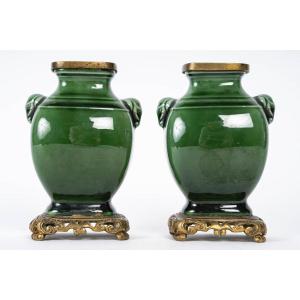


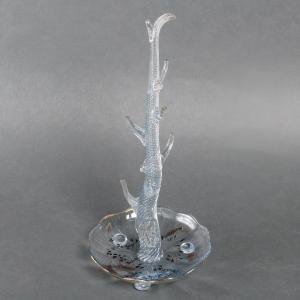

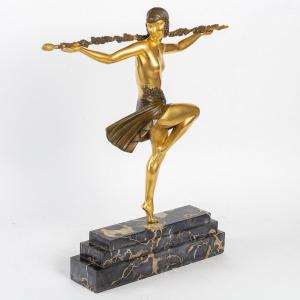

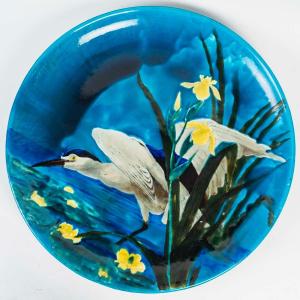
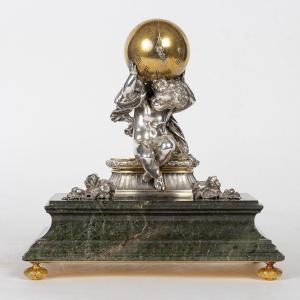
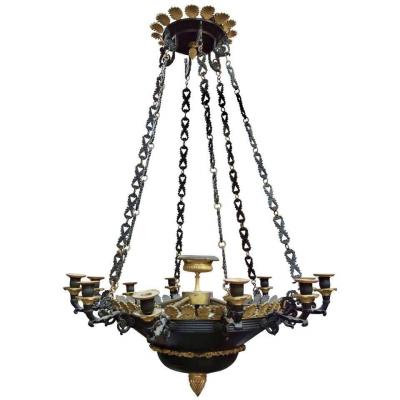

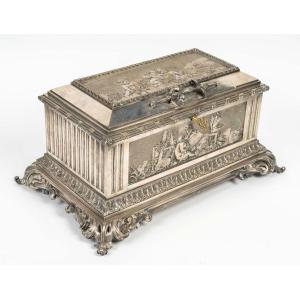
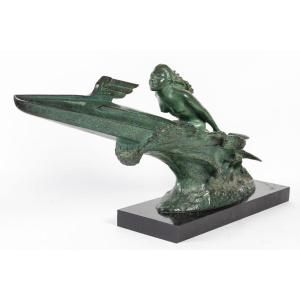

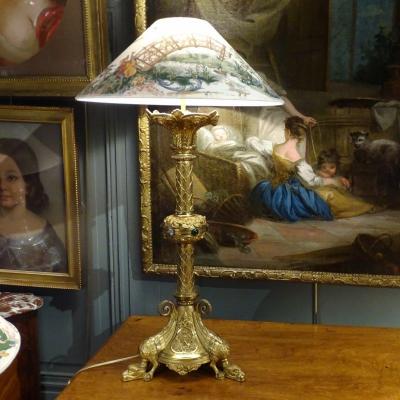
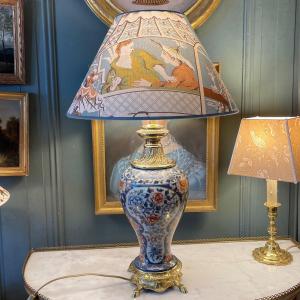
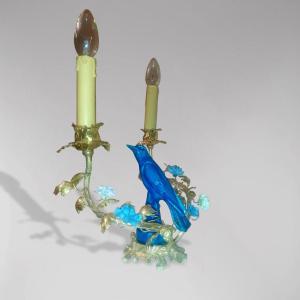
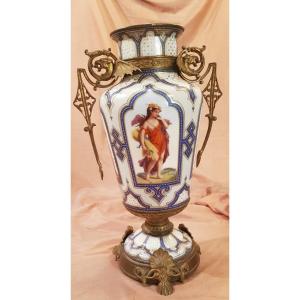




 Le Magazine
Le Magazine Rivista Artiquariato
Rivista Artiquariato TRÉSORS magazine
TRÉSORS magazine